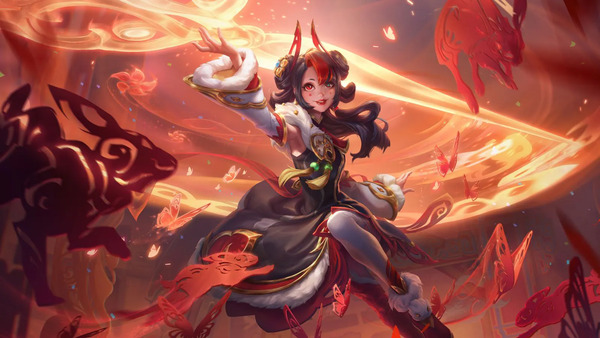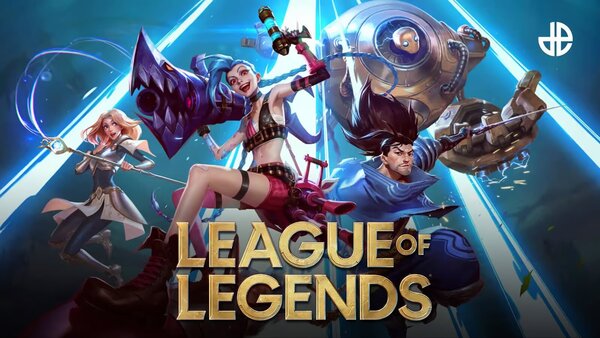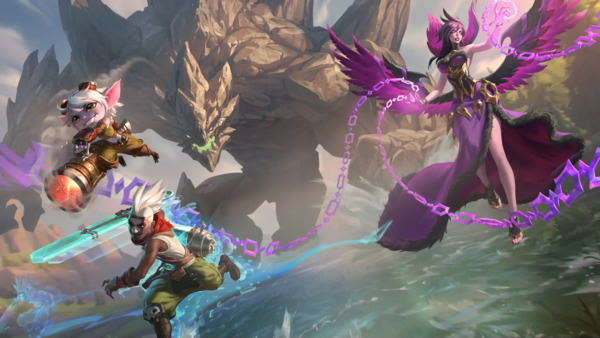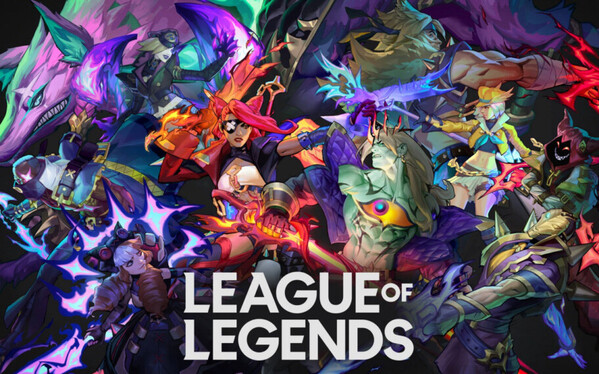Popular Now
Introduction
Since its release in 2009, League of Legends has faced a persistent issue: champion power creep. This refers to the gradual increase in strength of newer champions compared to older ones, disrupting game balance. This article explores how power creep affects gameplay, the meta, and community dynamics, as well as Riot Games' attempts to address it.

Understanding Champion Power Creep
What is Power Creep?
Power creep occurs when new champions are designed with stronger abilities, stats, or mechanics, making them more powerful than older ones. This creates a power imbalance that affects the game's balance and forces frequent adjustments.
How It Affects the Meta
Power creep changes the meta by pushing overpowered champions to the forefront, narrowing the pool of viable champions. This leads to a lack of variety and a more predictable competitive environment.
Riot’s Approach to Balancing Champions
Frequent Patches
Riot releases bi-weekly patches to address balance issues. However, these patches often only serve as temporary fixes, as newer champions can quickly become overpowered again, leading to a cycle of buffs and nerfs.
Champion Reworks
To address outdated champions, Riot occasionally reworks them, updating their abilities and stats. While reworks breathe new life into older champions, they can unintentionally contribute to power creep, making the problem more complex.
New Champions and Power Creep

Overpowered Launches
New champions often launch with stronger-than-intended kits, leading to imbalance. For example, champions like Yuumi and Sett were considered overpowered when released, upsetting the game's balance and the meta.
The Buff-Nerf Cycle
To counteract overpowered champions, Riot frequently adjusts their power in subsequent patches. However, this cycle can feel never-ending, with some champions remaining imbalanced despite numerous adjustments.
Player Experience and Power Creep
Reduced Champion Variety

As power creep drives certain champions to the forefront, the diversity of viable picks decreases. This stifles creativity and makes the game feel more repetitive for players who want to explore different strategies.
Frustration Among Players
Both casual and competitive players experience frustration with power creep. Casual players struggle against overpowered champions, while competitive players are forced to pick them to stay competitive, leading to a less enjoyable experience.
Riot’s Solutions and Community Feedback
Patchwork Solutions
While frequent updates address balance, they often feel like temporary fixes. Many players are seeking more sustainable, long-term solutions rather than constant adjustments that can make the game feel unstable.
Community Suggestions
Players have suggested more sandbox modes for testing champions and more transparent communication from Riot regarding balancing decisions. These suggestions aim to give players more control and understanding over the game’s direction.
Future Outlook
Long-Term Solutions
Riot has acknowledged power creep and continues to work on solutions. While introducing new champions is key to the game’s appeal, the challenge is to balance this with the need for stability in the meta.
Conclusion
Champion power creep remains a significant issue in League of Legends. Despite Riot’s regular patches and champion reworks, the game continues to suffer from imbalances. A more sustainable, long-term solution is needed to maintain balance and variety, ensuring League of Legends remains enjoyable for all players.
















